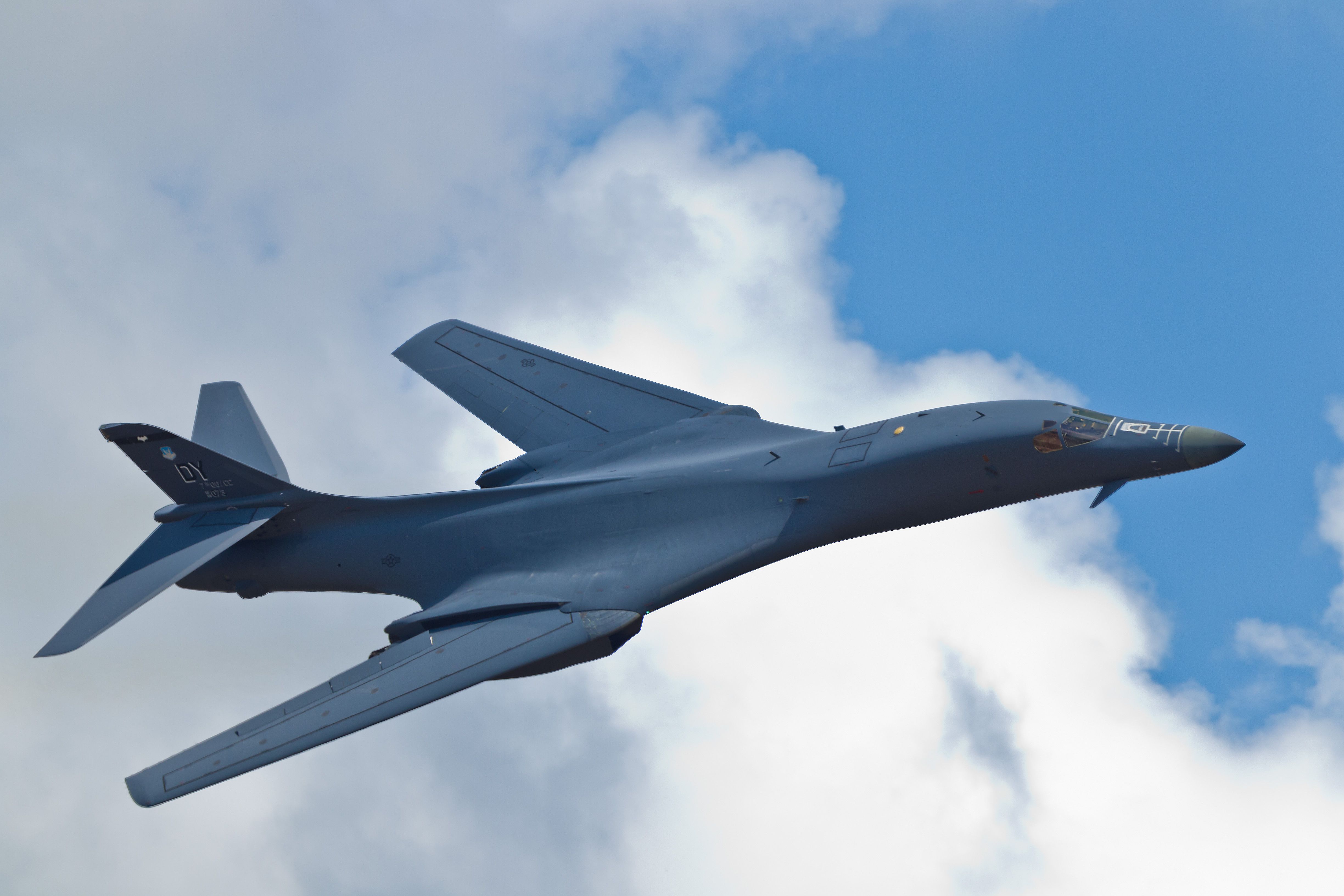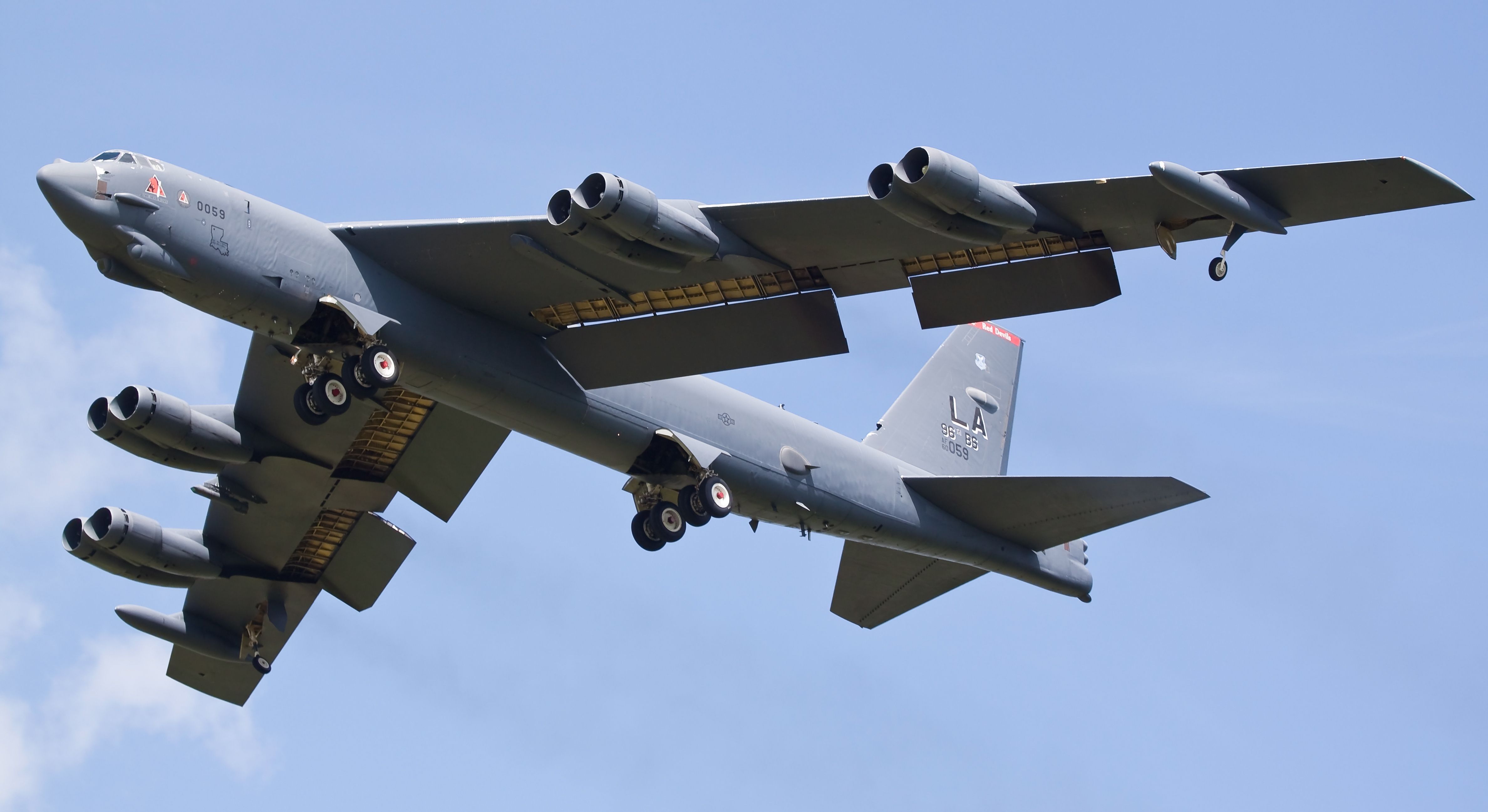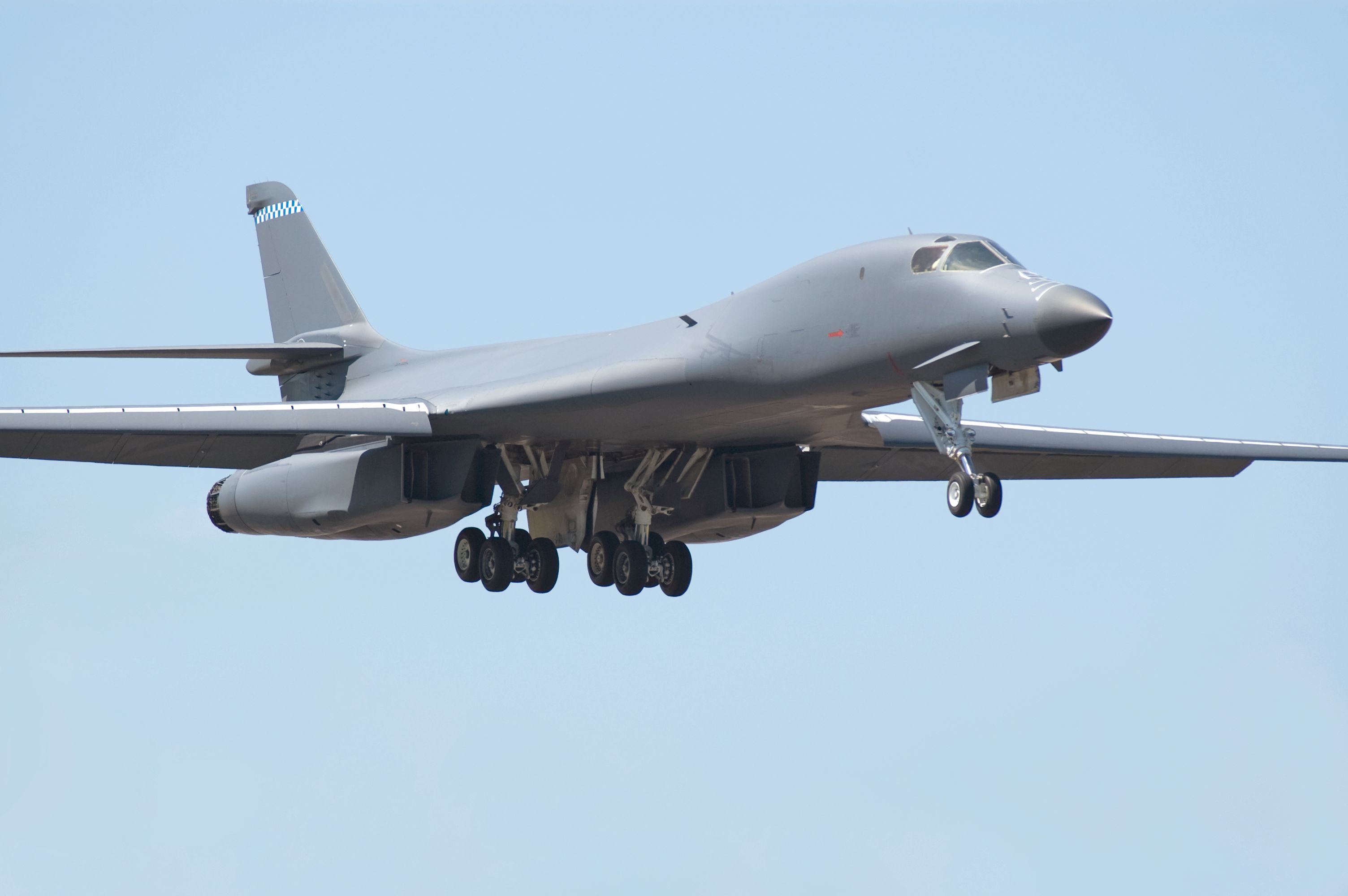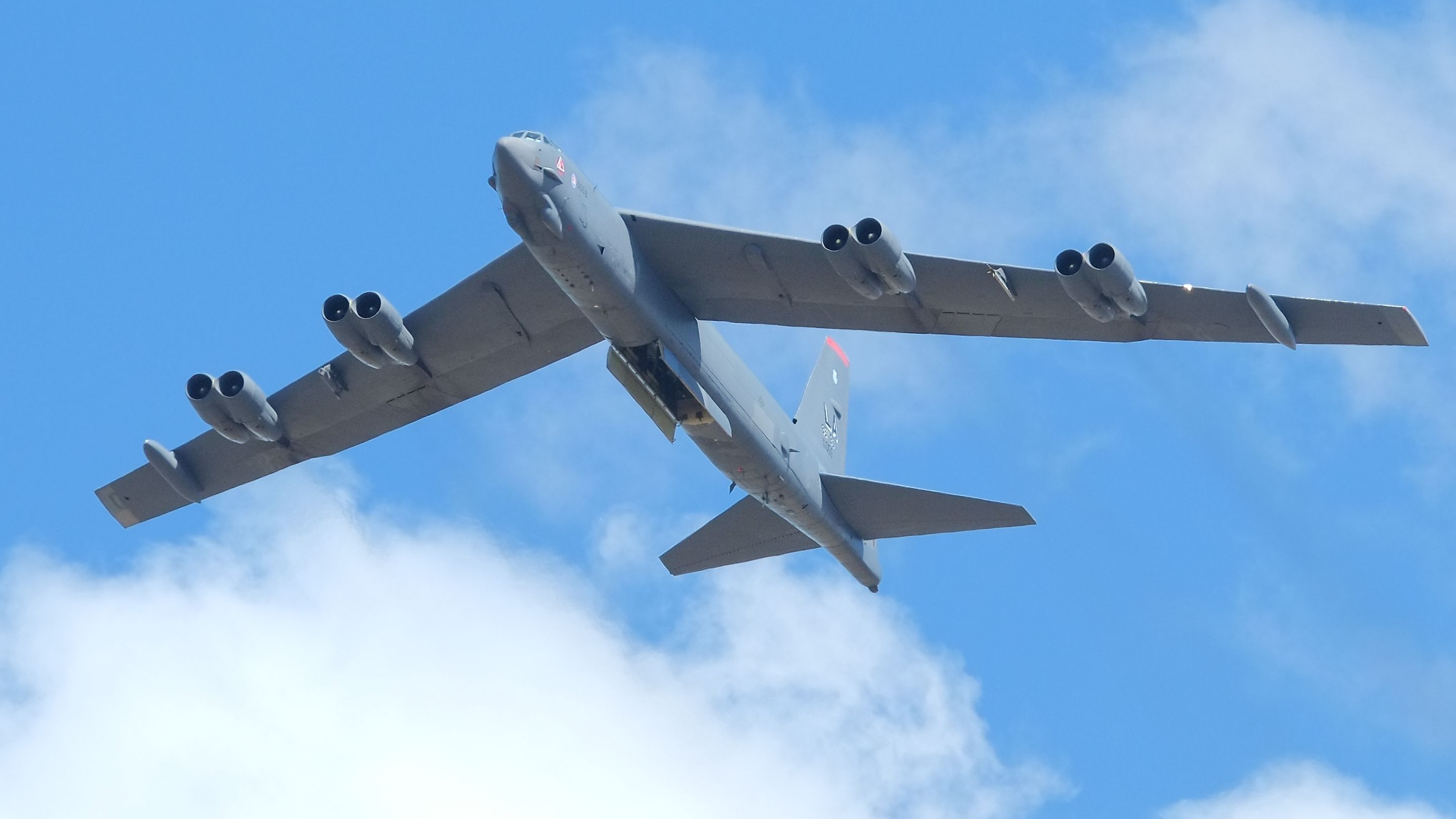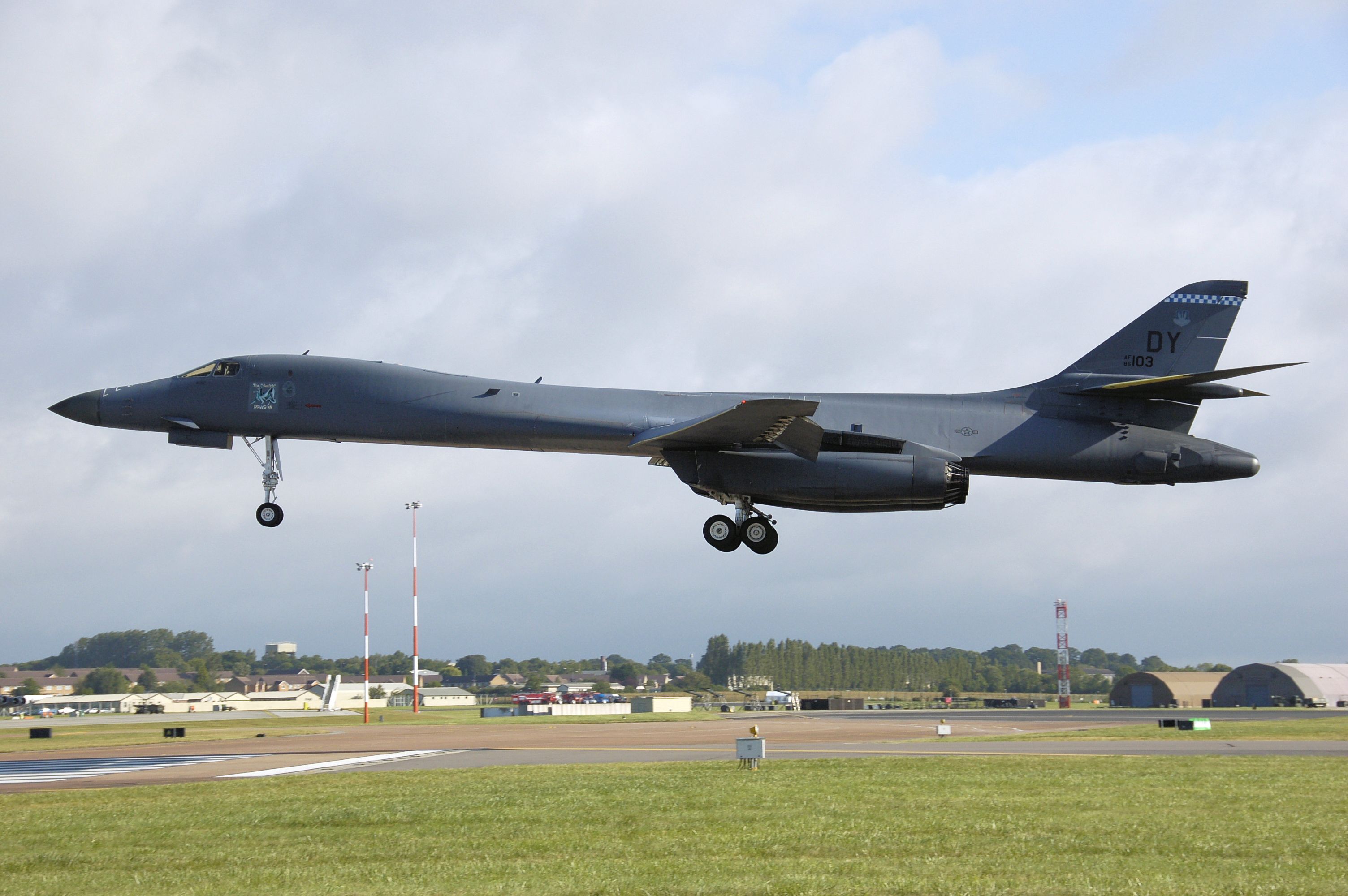The United States Air Force (USAF) has long been considered the world’s strongest Air Force. And when it comes to bombing capabilities, two iconic aircraft have held the spotlight for decades: the Boeing B-52 Stratofortress and the Rockwell B-1 Lancer. Choosing the best among these is a matter of great debate among military strategists and aviation enthusiasts alike.
In this article, we will put these two legendary machines against each other in a thorough comparison, analyzing their specifications, capabilities, and shortcomings. Let’s take a closer look and try to determine which of these birds reigns supreme.
Introduction: Exploring the Legacy of Bomber Aircraft
Bombers have become an invaluable component of any major military power in the world. In addition to their strike capabilities, bombers also serve as major conflict deterrents and a formidable show of force. The US began developing its own home-grown bombers shortly after the First World War. From the Second World War to the Pacific War and even the infamous bombings of Hiroshima and Nagasaki, bombers have played an important role in the US military fleet.
Boeing B-52 Stratofortress: A Legendary Heavy Bomber
Nicknamed the BUFF (Big Ugly Fat Fella), the Boeing B-52 Stratofortress has been the backbone of USAF’s current bomber fleet since its inception. The aircraft took its first flight in April 1952 and was inducted into active service in February 1955, nearly 70 years ago.
In the early 1940s, the US government felt the need for the development of a new long-range strategic bomber that could independently operate far from home. Proposals for such an aircraft were invited in 1945, along with the desired characteristics. Boeing, Consolidated Aircraft, and Glenn L. Martin Company submitted their proposals. Boeing was finally chosen a year later, and the rest is history.
Since its introduction in the 1950s, the B-52 has maintained a remarkable operational lifespan, defying the odds and adapting to the ever-changing demands of warfare. This success is largely credited to a robust initial design and construction.
Rockwell B-1 Lancer: The Supersonic Strike Bomber
The Rockwell B-1 Lancer is a glimpse of what a modern long-range bomber looks like. Much younger than the Stratofortress, the Lancer represents a giant leap forward in bomber aircraft design. The aircraft, nicknamed Bone, was inducted with the USAF in October 1986, more than 30 years after the B-52.
The Lancer was the result of a growing need for speed in long-range strategic bombing. The bird’s primary purpose was to serve as a competent platform to reliably drop nuclear bombs during the cold war era, but the scope was later expanded to include conventional weapons as well.
Rockwell International (now under Boeing) built a total of 104 B-1 Lancers (including four prototype aircraft), less than half of which remain in service today.
Strategic Capabilities
When comparing these two strategic bombers, capabilities are a great performance indicator. Certain parameters like speed, range, and maximum payload play a crucial role in any bomber’s effectiveness. Let’s discuss some of these parameters further:
Range
The range of any bomber aircraft is an essential measure of any bomber aircraft. Although both planes are considered “long-range” bombers, there is a significant difference in the numbers. The B-52H, fitted with the latest Pratt & Whitney TF33-P-3/103 turbofan engines, has a range of up to 8,800 miles. With air-to-air refueling, the range is only limited by crew endurance, allowing the Stratofortress to deliver bombs virtually anywhere on Earth.
On the other hand, the B-1B has had to somewhat compromise when it comes to range. The Lancer would need a fresh load of dinosaur juice after covering about 7,000 miles.
Speed
When it comes to speed, the Buff is blown out of the water by the Lancer, as it was created from the ground up to be a supersonic bomber capable of penetrating enemy territory undetected. The initial B-1A could achieve speeds as high as Mach 2.2 at high altitudes, but the design was modified with different priorities. The main version, B-1B, has a high-altitude cruising speed of Mach 1.25 and a low-altitude speed of Mach 0.9.
The Stratofortress is no match for the Lancer’s supersonic prowess and maxes out at around 0.8 Mach or 650 mph.
Payload
The payload category marks another easy win for the Lancer. The supersonic bomber can carry 75,000 lbs. (34,019 kg) of weapons in its three internal weapons bays, plus an additional 50,000 lbs. spread over six external hardpoints. In contrast, the B-52 can only carry 70,000 lbs. (31,500 kg) in bombs spread over its two internal bays and external pylons.
What the Stratofortress lacks in payload capacity, it more than makes up for in the type of weapons it can carry. The USAF has certified nearly all its bombs on the B-52, including nuclear armaments. Meanwhile, the Lancer still remains uncertified on quite a few weapon systems.
Technology and Upgrades: Modernizing the Classic and the New
Upgrades are necessary to keep military technology relevant in fast-changing times, and strategic bombers are no exception. Both warbirds are decades old and need to be regularly upgraded to keep up with modern warfare.
However, the US government has decided against investing in the B-1B Lancer program. In fact, the aircraft’s need had been repeatedly questioned even during its rudimentary phases due to the Soviets developing radar capability to detect such threats. Less than half of the produced B-1B bombers remain in service today, which are likely to be gradually phased out over the next decade.
Rather surprisingly, the USAF plans to continue operating the older B-52s for decades to come with significant funds and other resources allocated to continued upgradation. There are several development programs underway to design new engines and find ways to improve the B-52 platform. The newly upgraded bombers will be called B-52J or B-52K and will also feature upgraded engine mounting pods, among a host of other changes.
Want answers to more key questions in aviation? Check out the rest of our guides here!
The Verdict
While both bombers are some of the most advanced machines of their kind on the planet, only one can be crowned the winner. Considering all the facts and capabilities, the Rockwell B-1B Lancer emerges as the somewhat obvious choice. However, the US government seems set on slowly killing the platform entirely. An unfortunate result of years of political indecisiveness and a sudden shift in strategic priorities are some reasons that led to the Lancer’s downfall.
Now, though, the focus has shifted from massive attention-grabbing bombers to agile and stealthy aircraft, incorporating advanced technologies and precision capabilities better suited for the evolving complexities of modern warfare. The Lancer is set to be replaced by a new stealth bomber, the B-21 Raider.
The B-21’s stealth capabilities, complemented by the B-52’s enduring range and extensive payload capacity, will likely be the face of USAF’s bomber fleet for decades to come.

